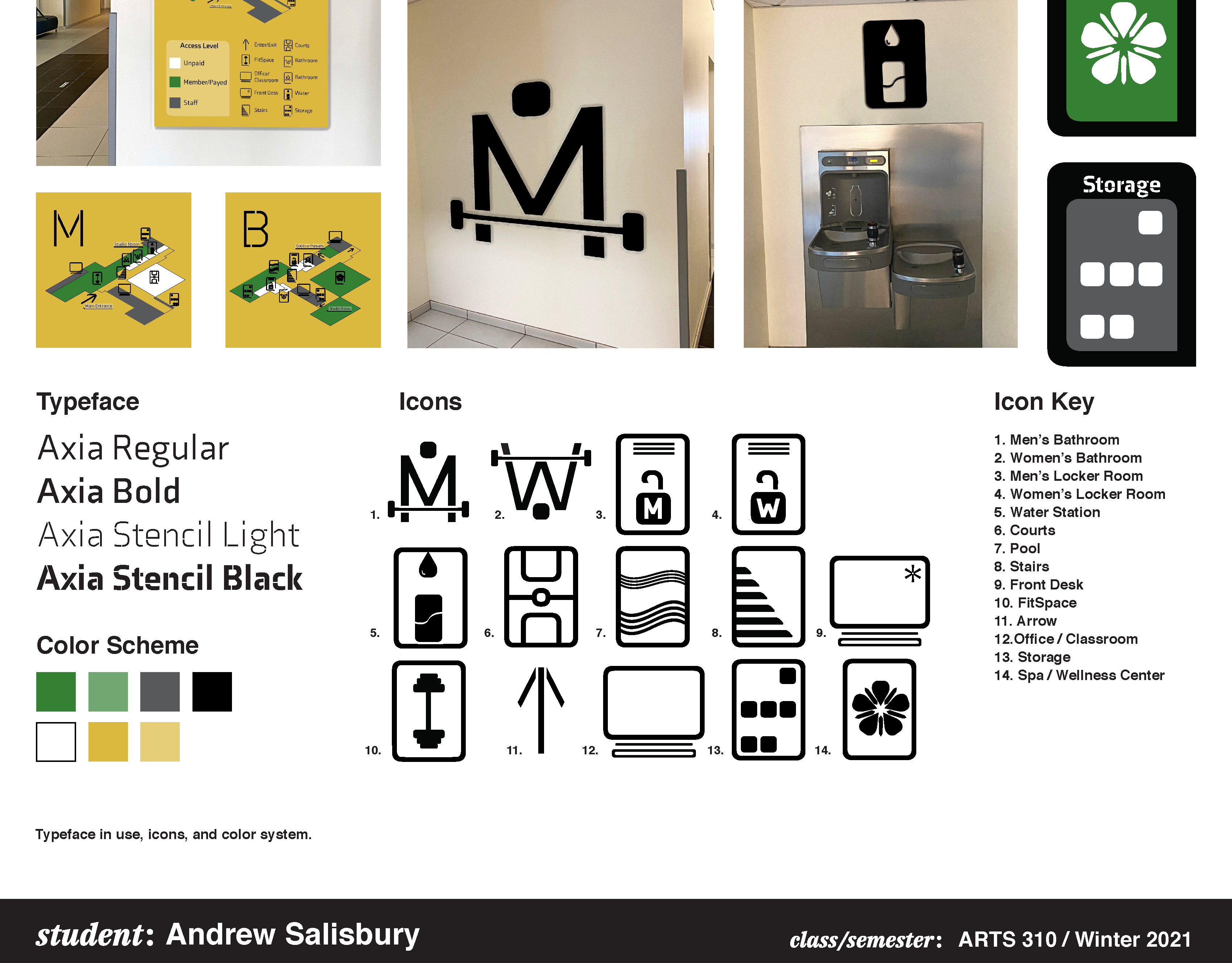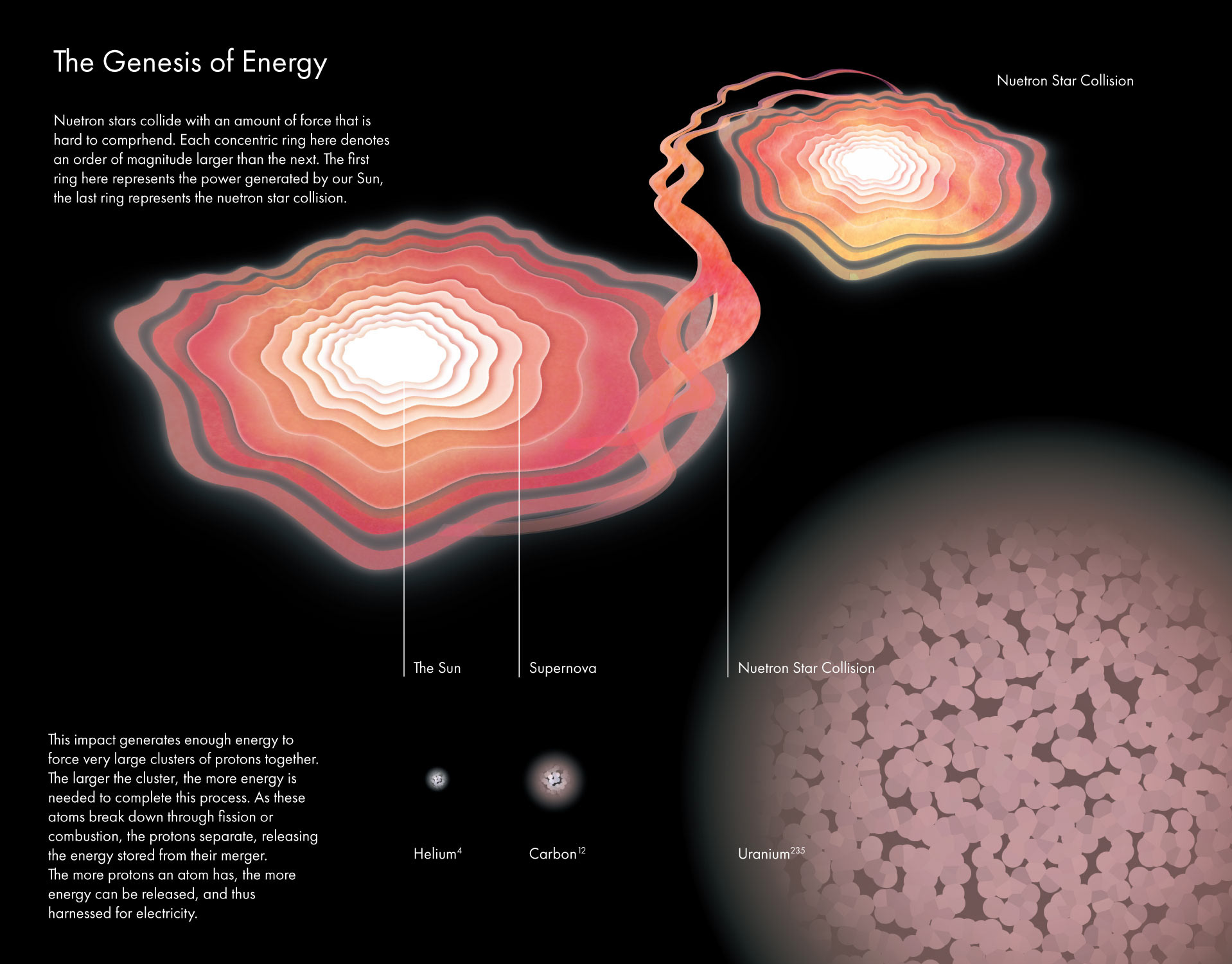"Reed This:
Ancient Culture Through Writing Practice and Material"
This 48-page graphic booklet was created in the spring and summer of 2021. The opportunity, time, and funding for this project were allowed to me through the Binghamton University Summer Scholars and Artists Program (SSAP): a competitive grant funding program that offers students support in completing self-directed projects that showcase a high level of scholarly and artistic promise.
Spreads
Description


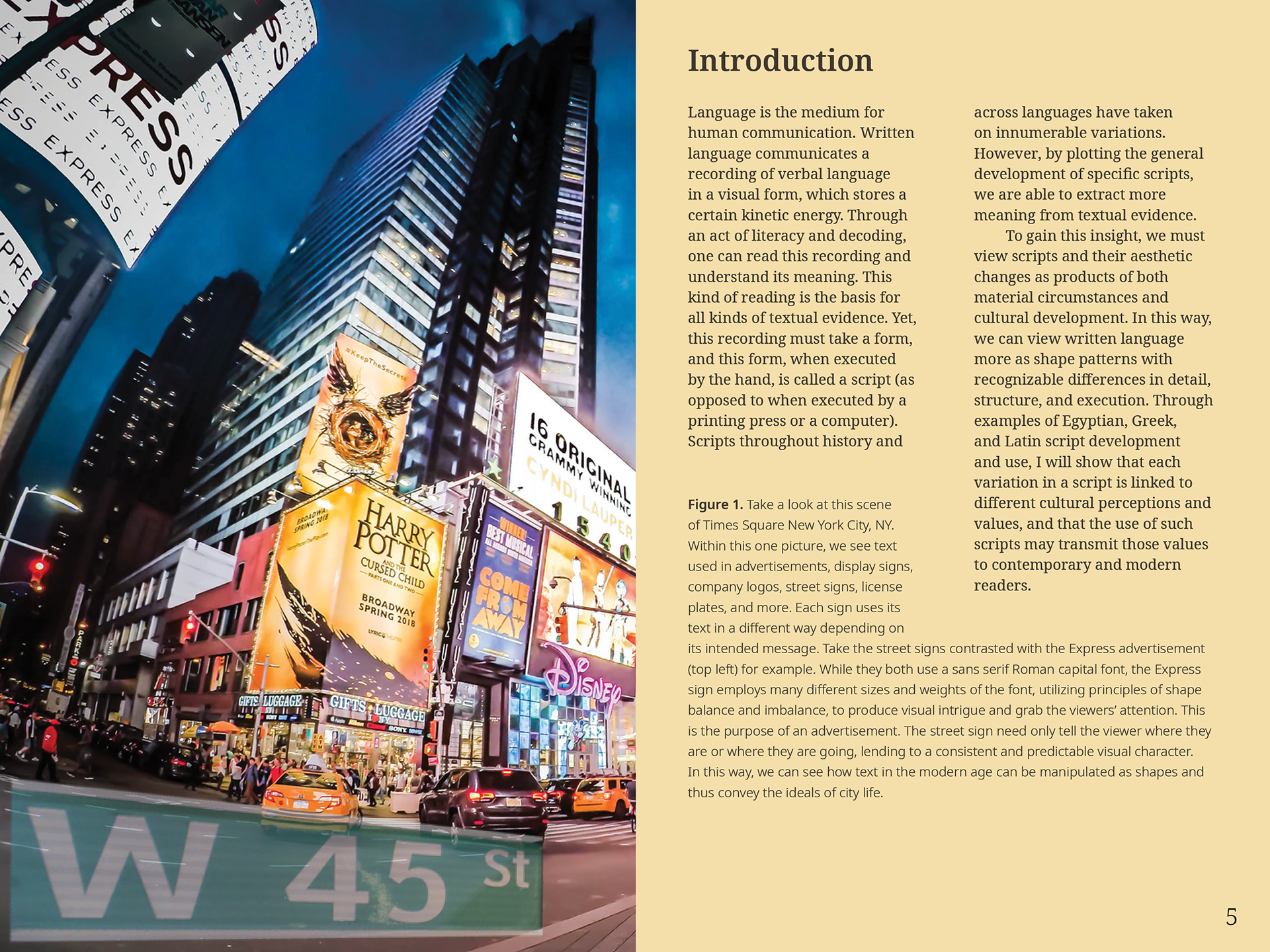




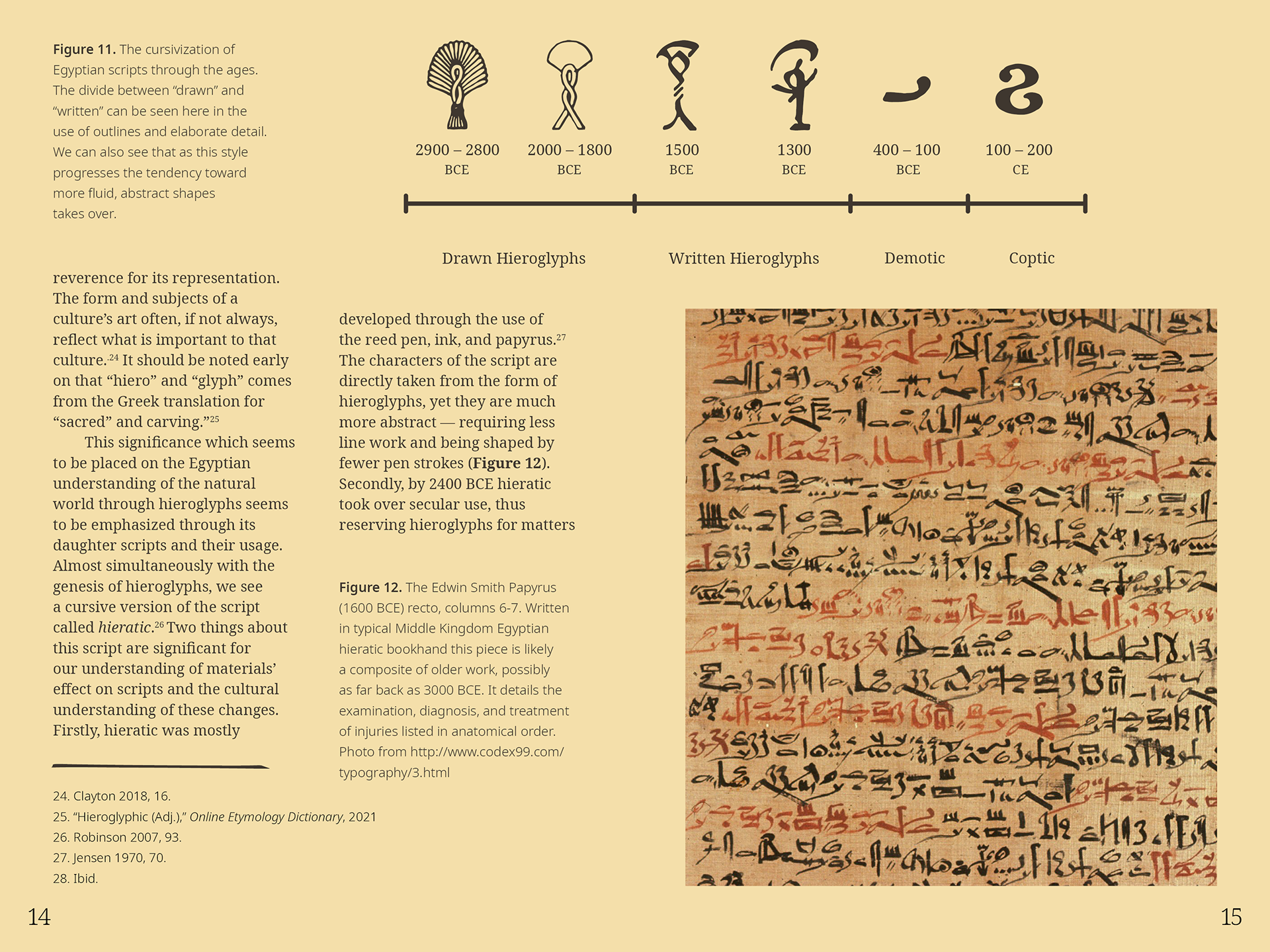



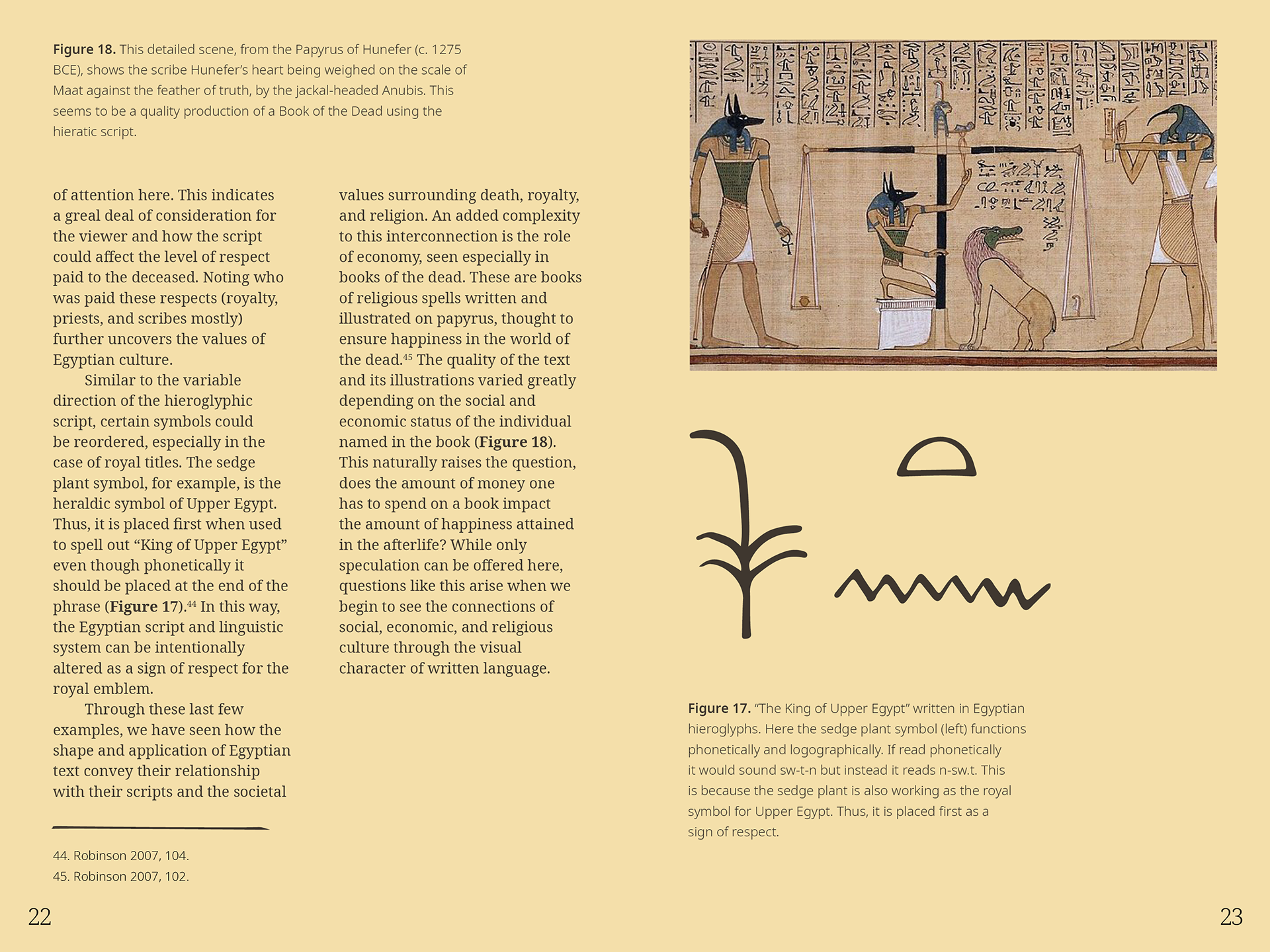

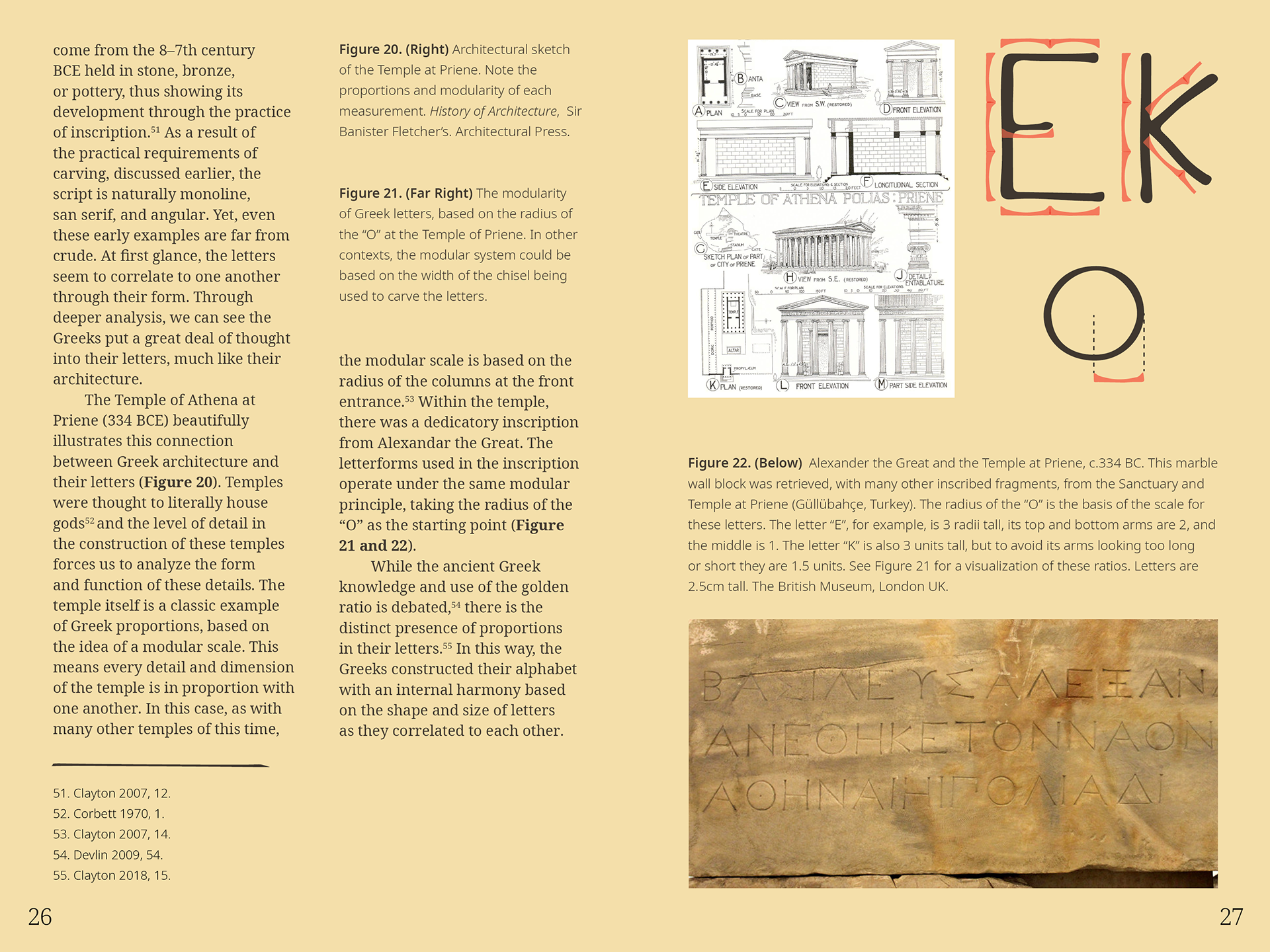










In this graphic booklet, written, typeset, and designed by Andrew Salisbury, you will find many detailed illustrations and remarkable figures illuminating the relationship between written language and the dissemination of cultural values. Many of the diagrams and illustrations were executed with the reed pen to best preserve the visual quality specific to this tool.
Language is the medium through which humans communicate. From the very beginning of recorded history, humans have been developing visual symbols to record this communication. These symbols and the shapes they take have a close relationship to the culture they are developed by and for. When language takes a visual form it is not only a recording of speech but also a recording of motion and cultural ideals. Through an understanding of the material circumstances involved in the development of a script, we can dissect the expressive range of the shapes made with these materials. From here, we understand scripts and letterforms not as random or predetermined shapes but as points of relevant cultural and individual decisions.
The reed pen is a tool of paramount importance. In use for thousands of years throughout the Mediterranean, it influenced the development of many scripts in widespread use. Using the reed pen as the major material circumstance for the Egyptian, Greek, and Latin scripts, a distinction can be made between written, drawn, and inscribed text. These material differences are naturally tied to particular movements in the recording of marks. These differences allow for distinct expressive ranges that can be used to communicate various cultural ideas. This cultural communication, which goes beyond the linguistic material recorded, is built on this long history of sign construction informed by material factors. Using the reed pen as it is connected to Egyptian, Greek, and Roman culture, a method of analysis is created with which any script or font may be seen as expressing certain principles.
SSAP
The opportunity to combine my passions for calligraphy, ancient culture, research, books, and design was extremely exciting and challenging. From developing the concept and, writing proposals to amassing research, executing calligraphy, laying out the book, and all the obstacles in between, this project pushed me in every way. My fierce love of this process and the research content encouraged me to solve any problems that arose. I also have the SSAP to thank and all the people that kept me motivated and/or offered help throughout the experience.
Process





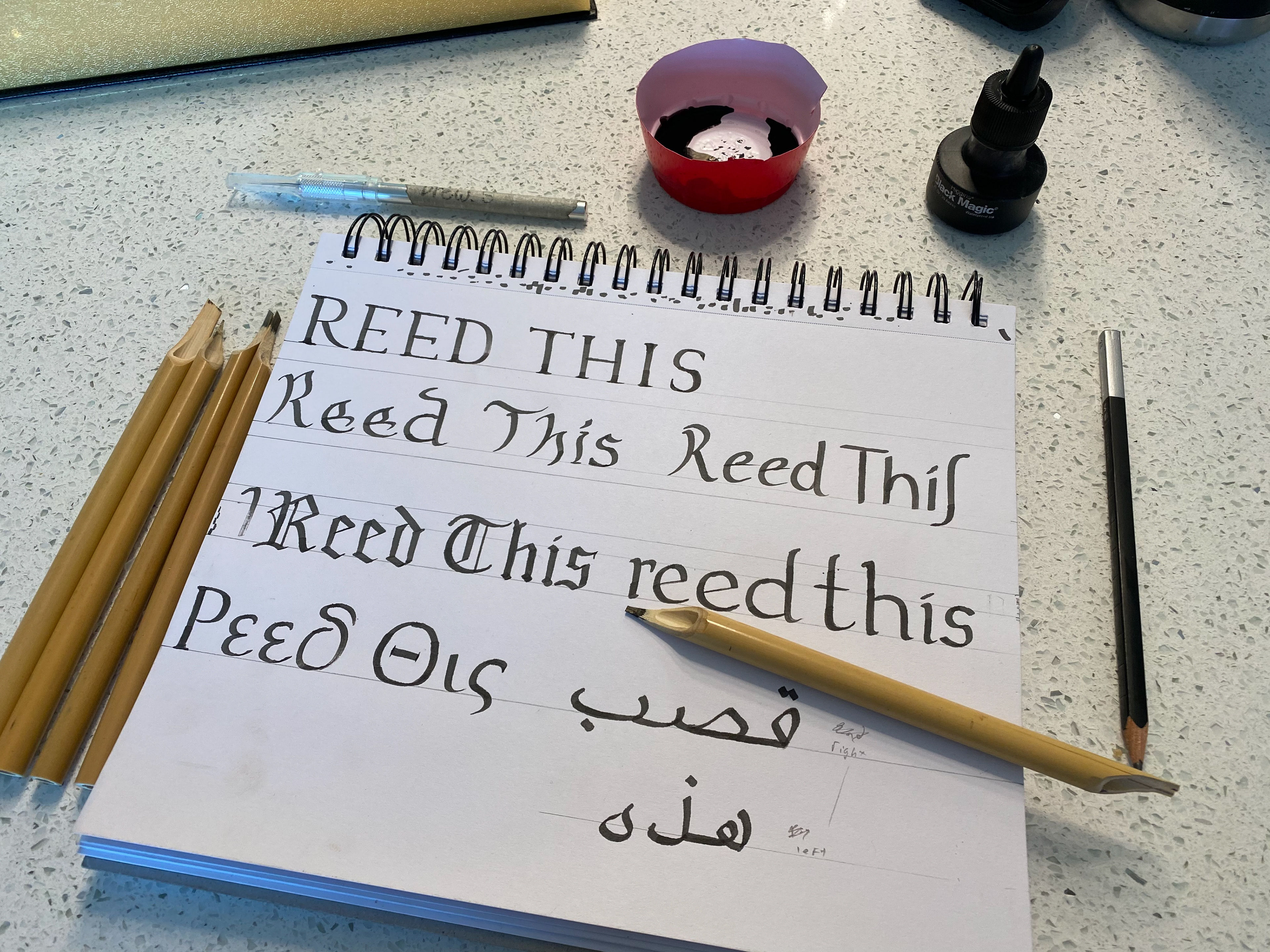


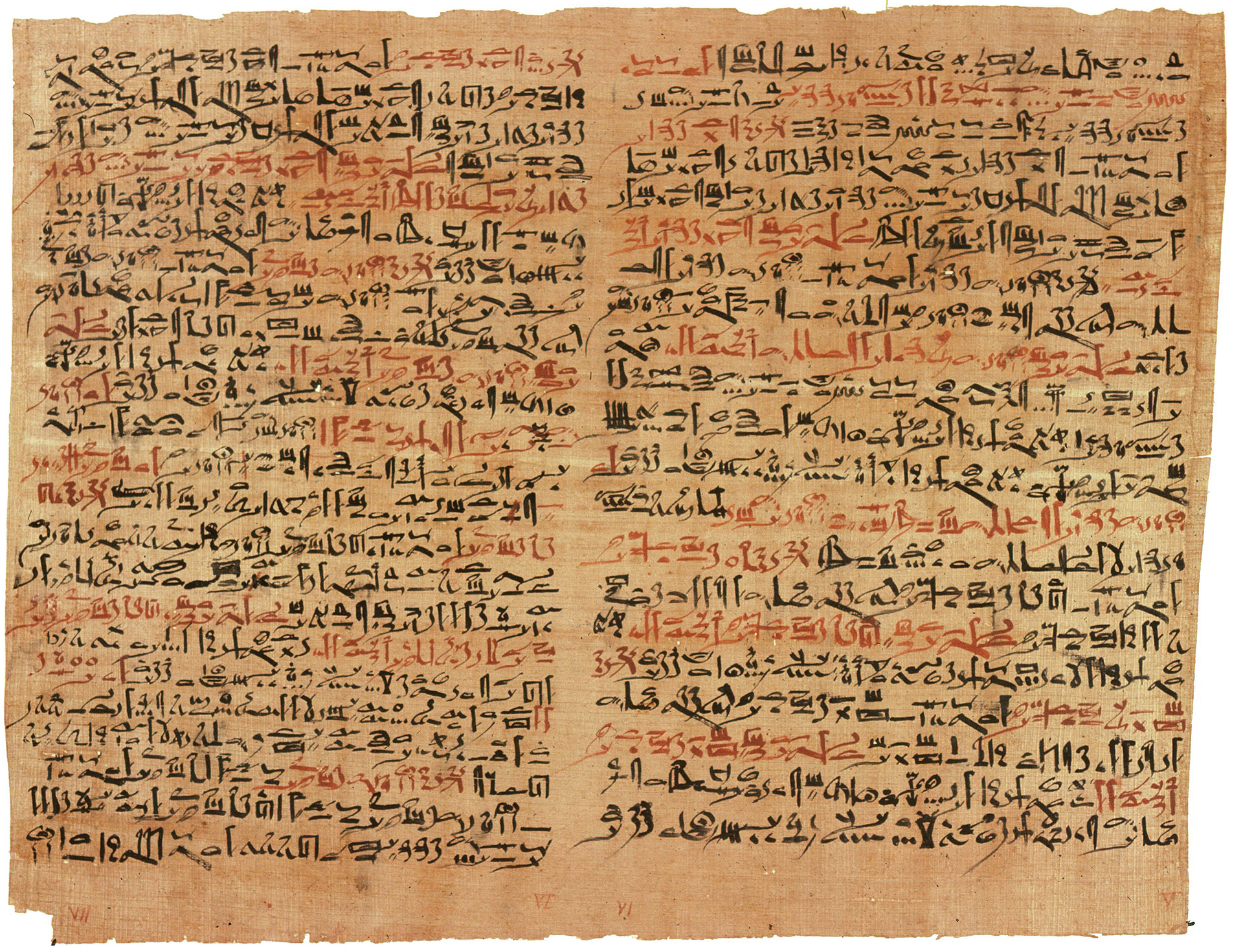







My process for creating many of the diagrams and illustrations in this book was a combination of physical mark-making and vector work. Using hand-carved reed pens was incredibly beneficial both for feeling the tactile difference of the materials and also for creating letterforms that stay true to their original aesthetics. While working with the reed pens I was very aware of their effect on my writing. They wanted to move across the page in a very different way from even a metal broad pen, the marks are not as sharp, and the pens truly reward an increased speed in writing. Feeling this change at the tips of my fingers was truly incredible. To feel and be aware of the same material forces that ancient scribes were privy to made me feel deeply connected to this research and its importance.
Details
6x9in | 48 pages | 37 figures | 82 notes | 43 references
700 hours of work
Medium: handcrafted calligraphy, vectorization and image creation (AI), photo manipulation (PS), layout (ID), writing and editing (Google Docs)
Mentor: Alessandro Segalini

